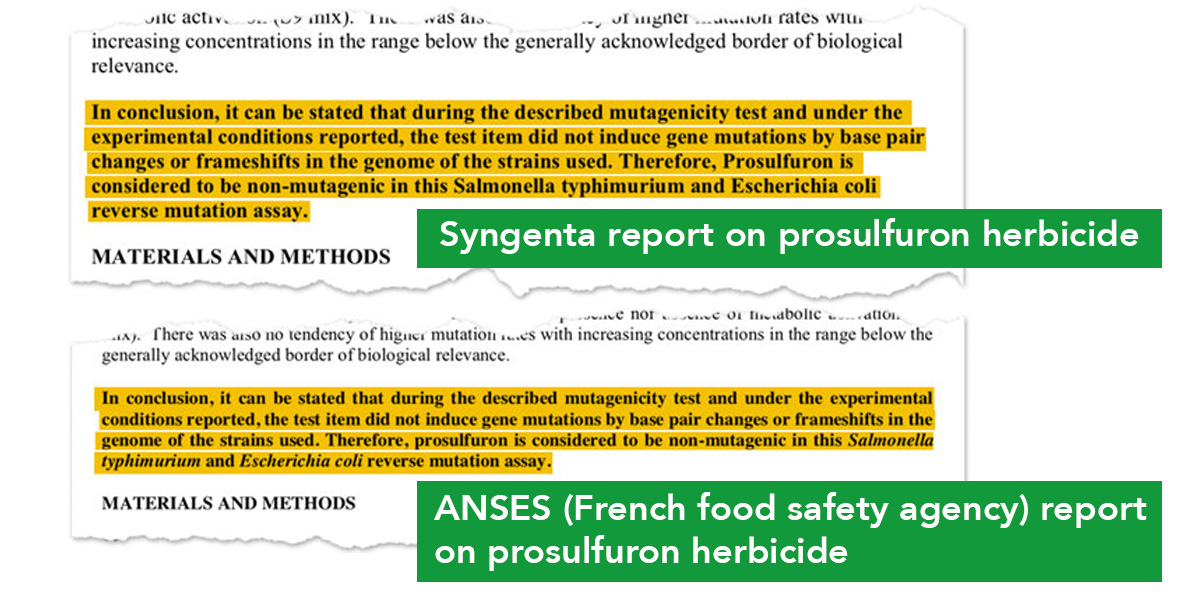
Rapporteur Member States routinely lift text from industry applications without indicating source
Remember the copy-paste scandal, when Greenpeace uncovered that the EU report on glyphosate was, over many pages, identical to the application dossier submitted by Monsanto and other pesticide companies?
Now a team of journalists working for the German news brand BR24 has checked whether this is also true for other pesticides. After all, both the BfR and EFSA said that this was common practice.
And it is. The team checked 25 EU risk assessment reports prepared by different Rapporteur Member States, and in particular the human health parts. It found that many national authorities had done what the BfR had done for glyphosate – they copied large chunks of text from the application dossiers over to the EU report, without any indication of the source.
The journalists also got an interview with EFSA director Bernhard Url who said, again: "We assume that the authority checks whether something corresponds to reality before taking it over." They also got an insider to speak out, anonymously, who confirmed that the authorities didn’t have the time to check all the studies.
The journalists conclude that there is an “error in the system” and that we cannot trust that all pesticides approved in the EU are effectively safe. They conclude with quotes from two MEPs – from the Socialist and EPP groups – who comment on the need (or not) for more data transparency in EU risk assessments of pesticides (i.e. disclosure of industry studies) so that third-party scientists can scrutinize the EU assessments.
The article and infographic (in German) are here.
There is also a 15-minute video (featuring toxicologist Dr Peter Clausing) which goes beyond the copy-paste findings and also features Prof Philippe Grandjean and Asst Prof Axel Mie talking about chlorpyrifos: see here.
The list of 25 pesticides and further background on the data analysis are here, including the outcome of the “similarity test” in two versions: here as a graphical representation and here showing the text that was copied (unfortunately, glyphosate isn’t included).









